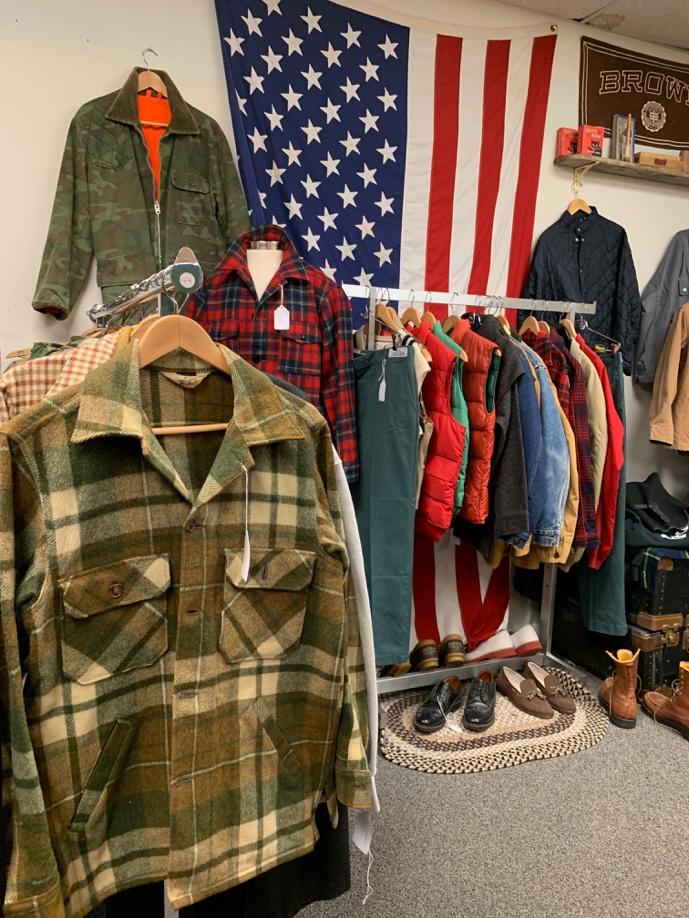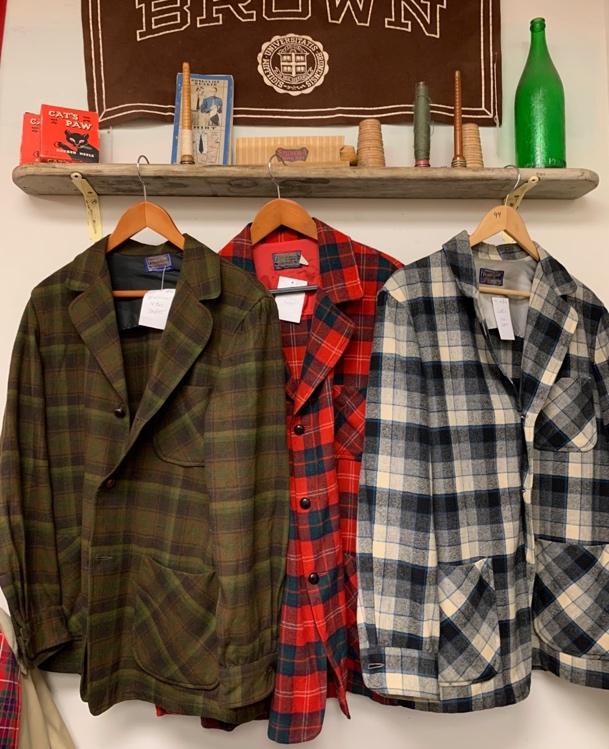Flannel shirts are part of the iconic image of the American lumberjack and have been an American fashion staple since the mid-century. The plaid flannel shirts place in American culture is only a small part of its long history. The flannel shirt, as we know it, became popular in Scotland and England in the early 1800s.
But the flannel, the fabric, has been around since the 17th century. It was woven by the wives of Welsh farmers, who had been spinning wool yarn for centuries and eventually found that if you brush the wool on both sides it becomes much sturdier. This created a thicker more industrious fabric. It was durable and insulating, while still being soft and comfortable. Perfect for wet, cold, and windy climates.
The addition of the horizontal and crisscrossed bands done in multiple colors were originally added to represent the weaver’s region, and these patterns were call Tartans. Tartans have ancient origins, the oldest being from the 6th century B.C. found in Austria, belonging to a Celtic culture. Tartan pants were also found on ancient Chinese mummies from a similar period during the Iron Age. These textiles were simple checked patterns using light and dark wool, but very distinctive and usually worn by higher-society.
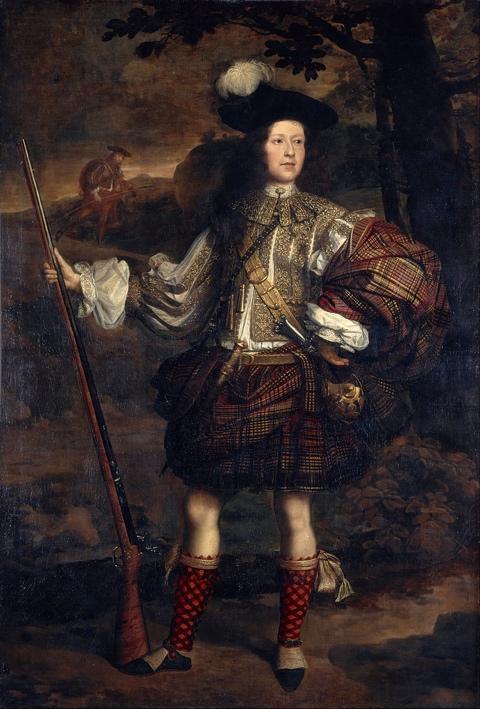
The High Society of London wanted the heads of each clan to be honorably represented by a specific tartan pattern. These tartans would then be authenticated and recorded. This tradition carried on and became very popular, almost all Scottish clans now have several tartans attributed to their names. Now it’s possible for anyone to register a tartan to their name through The Scottish Register of Tartans.
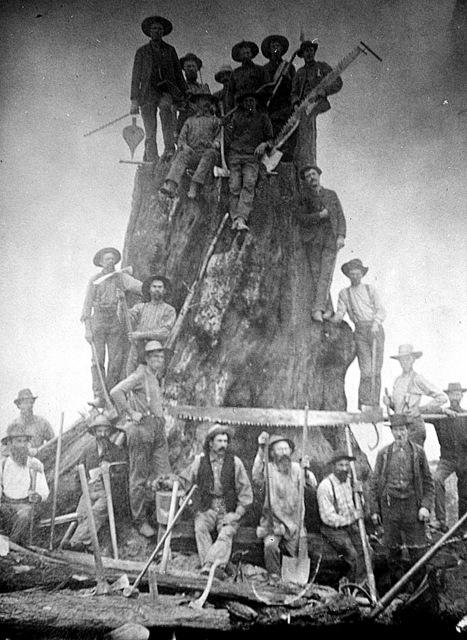
So how did the tartan/plaid flannel shirt become this American symbol of resilience, strength and masculinity? Well the same way the country kind of did, through the Industrial Revolution. The country was growing at a rapid pace, forests were being cleared for cities, train tracks were being run to connect the coasts and the men working these grim jobs needed clothing that would hold up.
Everything from coats, shirts, pants and underwear were made from flannel. Flannel clothing would hold up against harsh weather and arduous work. The gritty images of railroad workers and lumberjacks in plaid flannel shirts working on these massive projects were popularized through the media and became synonymous with the American prospector.
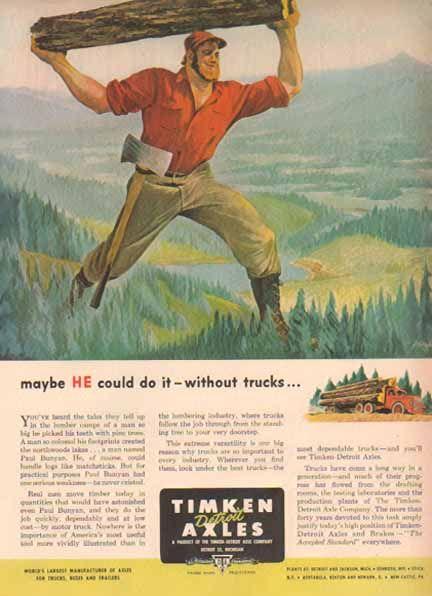
In the mid twentieth century, the popular folk lore character Paul Bunyan brought the flannel shirt back into fashion. He is the symbol of the great American frontiersman, the American dream of the previous generation. Paul Bunyan was extremely popular with kids, but also adults, so this made the flannel shirt well-liked by everyone.
The flannel shirt remained a wholesome fashion choice for much of the century. It was in the 1990s with bands like Nirvana and Pearl Jam that the representation of the plaid shirt got completely flipped around. Grunge culture took the flannel shirt ripped it up, burned it and tied it around their waist. The cultures rejection of the previous generations American ideal was clear in the way they treated the flannel shirt.
Now you’ll find a plaid flannel shirts everywhere, it has sort of shed its culturally distinctive nature. It doesn’t belong to one specific group or represent certain ideals, it is almost as common and universal as a white t-shirt, anyone can wear it and feel comfortable.
We always have a rotating variety of vintage flannel shirts in the shop, come find one that speaks to you!
